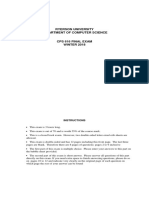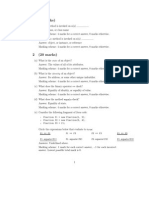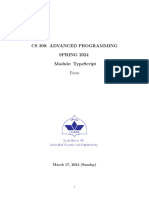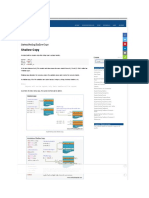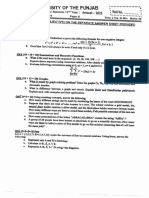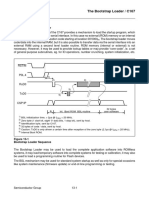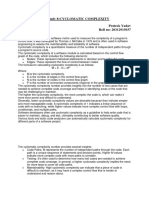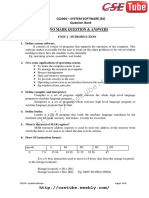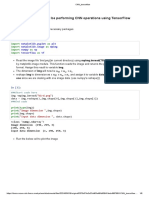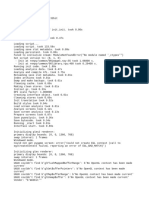0% found this document useful (0 votes)
19 views4 pagesSV Assignment 5
The document outlines a series of assignments related to SystemVerilog programming, focusing on the creation and manipulation of a class named 'eth_pkt' with various properties and methods. It includes tasks such as declaring fields, randomizing values, implementing inheritance, and understanding copy mechanisms (handle, shallow, and deep copy). Each assignment provides specific instructions and links to examples for practical application in a testbench module.
Uploaded by
gocool24072002Copyright
© © All Rights Reserved
We take content rights seriously. If you suspect this is your content, claim it here.
Available Formats
Download as DOC, PDF, TXT or read online on Scribd
0% found this document useful (0 votes)
19 views4 pagesSV Assignment 5
The document outlines a series of assignments related to SystemVerilog programming, focusing on the creation and manipulation of a class named 'eth_pkt' with various properties and methods. It includes tasks such as declaring fields, randomizing values, implementing inheritance, and understanding copy mechanisms (handle, shallow, and deep copy). Each assignment provides specific instructions and links to examples for practical application in a testbench module.
Uploaded by
gocool24072002Copyright
© © All Rights Reserved
We take content rights seriously. If you suspect this is your content, claim it here.
Available Formats
Download as DOC, PDF, TXT or read online on Scribd
/ 4



















